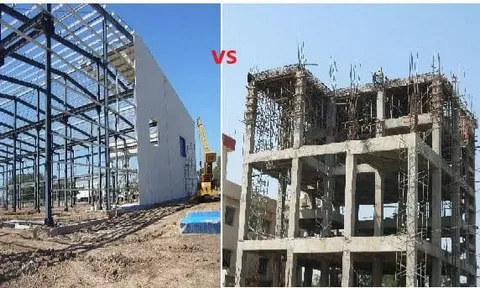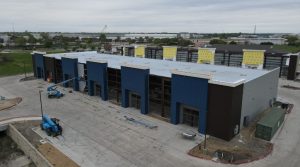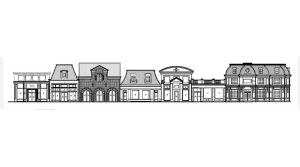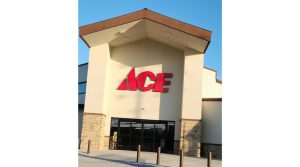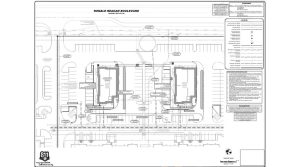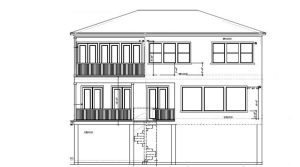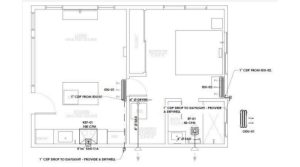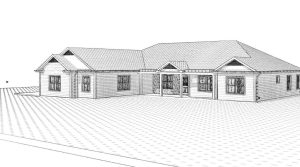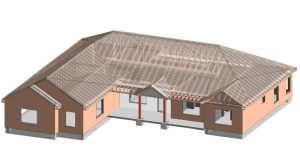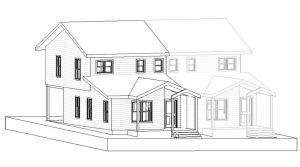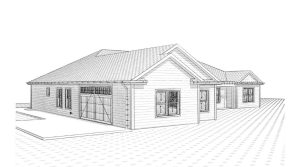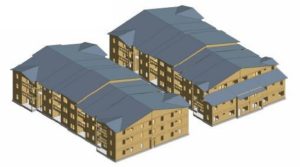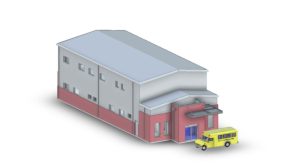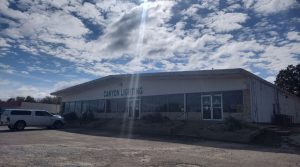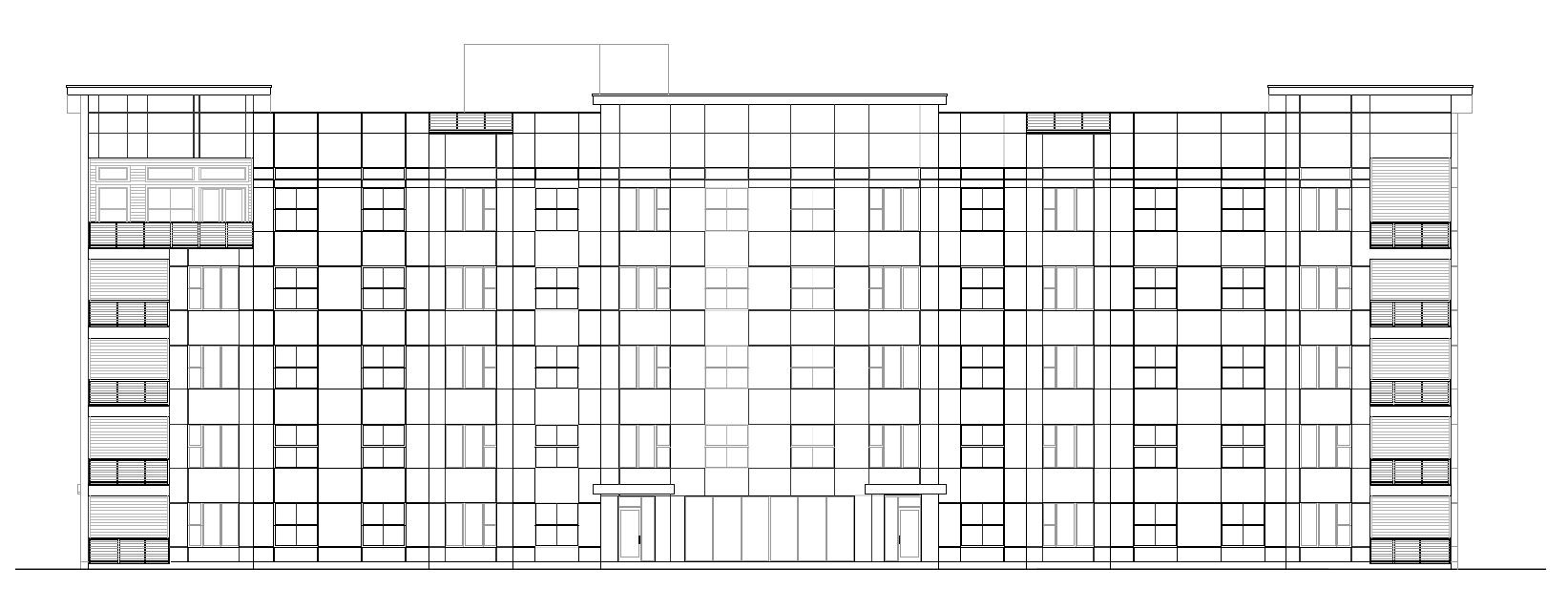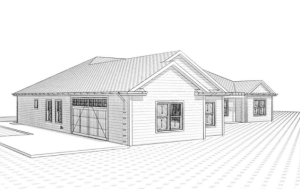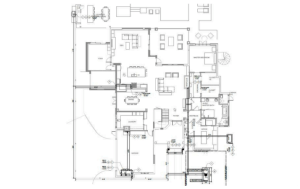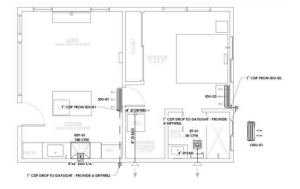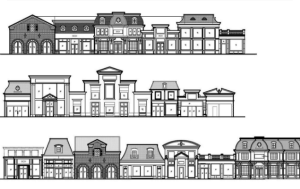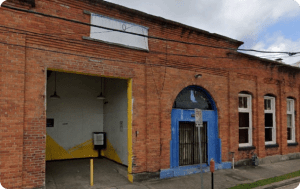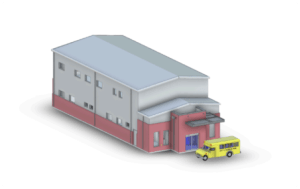Steel vs. Concrete: Which Structural Material Is Right for Your Building?
Introduction
Choosing the right structural material is one of the most critical decisions in building design. Both steel and concrete dominate the construction industry, but each has distinct strengths and trade‑offs. From cost and durability to sustainability and speed of construction, the choice between Steel Structure Design and Concrete Structure Design can significantly impact project performance and lifecycle outcomes.
This blog explores the key differences between structural steel design and concrete structure design, providing engineers, architects, and builders with practical insights to make informed decisions.
Understanding Steel Structure Design
Steel has long been the backbone of modern construction. Its versatility and strength make it ideal for a wide range of projects, from skyscrapers and industrial plants to bridges and warehouses.
Key Benefits of Steel Structures
- High Strength-to-Weight Ratio
Steel offers exceptional strength without excessive weight, allowing for taller and more complex designs. - Faster Construction
Prefabricated steel components reduce on‑site labor and speed up timelines. - Flexibility and Modularity
Steel structures allow for larger spans without interior supports, making open floor plans possible. - Ease of Modification
Future expansions, retrofits, and modifications are easier with steel frameworks. - Recyclability
Structural steel is one of the most recycled materials worldwide, making it a sustainable choice.
Challenges of Steel Structures
- Fire Protection: Steel loses strength at high temperatures, requiring fireproofing materials.
- Corrosion Risk: In humid or coastal environments, protective coatings or galvanization are essential.
- Higher Material Cost: Steel can be more expensive upfront than concrete.
Understanding Concrete Structure Design
Concrete is the world’s most widely used building material, prized for its durability and versatility. It is a composite of cement, water, aggregates, and admixtures that can be molded into almost any shape.
Key Benefits of Concrete Structures
- Durability
Concrete is resistant to fire, water, and weather, making it a long‑lasting choice. - Thermal Mass
Concrete absorbs and stores heat, improving energy efficiency in buildings. - Lower Cost
In many regions, concrete is less expensive than steel, especially where raw materials are locally available. - Sound Insulation
Dense concrete walls provide excellent acoustic performance. - Versatility
Concrete can be cast in place or precast into a variety of structural elements.
Challenges of Concrete Structures
- Longer Construction Time: On‑site casting and curing slow project timelines.
- Heavy Weight: Concrete’s density increases foundation loads and transportation costs.
- Cracking and Shrinkage: Poor curing or design can lead to structural issues.
- Lower Flexibility: Modifying or expanding concrete structures can be costly and difficult.
Steel vs. Concrete: Cost Considerations
Cost is a driving factor in material selection.
- Steel Costs: Higher material prices but offset by reduced construction time and labor. Prefabrication saves on project overhead.
- Concrete Costs: Lower upfront material costs in many markets, but longer construction time can increase labor expenses.
In large projects where speed is crucial, steel often proves cost‑competitive despite higher material costs.
Steel vs. Concrete: Performance and Durability
- Steel Performance:
Steel offers excellent tensile strength and ductility, making it ideal for earthquake‑resistant design. However, it requires protection against fire and corrosion. - Concrete Performance:
Concrete excels in compressive strength and resists fire naturally. Reinforced concrete (with steel rebar) combines compressive and tensile strength but is prone to cracking over time.
Steel vs. Concrete: Sustainability
Sustainability is reshaping material selection worldwide.
- Steel Sustainability:
Structural steel is 100% recyclable without quality loss. It supports circular economy initiatives. Energy-intensive production, however, raises environmental concerns. - Concrete Sustainability:
Concrete production contributes to global CO₂ emissions due to cement manufacturing. Innovations like green concrete, supplementary cementitious materials (SCMs), and carbon capture technology are helping reduce its footprint.
Applications Where Steel Excels
- High-Rise Buildings: Light weight and high strength make steel the preferred choice for tall structures.
- Industrial Buildings: Warehouses and factories benefit from steel’s large span capabilities.
- Bridges: Steel offers flexibility and durability under dynamic loads.
- Seismic Zones: Ductile steel structures perform better during earthquakes.
Applications Where Concrete Excels
- Residential and Low-Rise Buildings: Cost-effective and durable.
- Foundations and Substructures: Excellent compressive strength makes concrete ideal for load-bearing foundations.
- Infrastructure: Roads, dams, and tunnels rely heavily on concrete.
- Fire-Resistant Structures: Natural fire resistance makes concrete ideal in high-risk environments.
Hybrid Approaches: Best of Both Worlds
Many modern buildings combine steel and concrete to optimize performance.
- Composite Structures: Steel beams with concrete slabs create strong, efficient floor systems.
- Steel-Reinforced Concrete (SRC): Combines concrete’s compressive strength with steel’s tensile capacity.
- Precast Concrete with Steel Frames: Improves speed and quality control.
This hybrid approach allows designers to leverage the strengths of both materials.
Decision Factors for Engineers and Builders
When deciding between steel and concrete, consider:
- Project Type and Scale: High-rises and large spans favor steel; low-rises and foundations favor concrete.
- Budget and Timeline: Steel accelerates schedules; concrete often lowers upfront costs.
- Location and Climate: Coastal or humid areas may favor concrete unless steel protection is robust.
- Sustainability Goals: Steel supports recycling; concrete innovations aim at carbon reduction.
- Future Flexibility: Steel allows easier expansion; concrete changes are costly.
Conclusion
Both steel and concrete play critical roles in structural engineering. There is no one-size-fits-all answer — the right choice depends on project goals, cost, location, and long-term performance requirements.
- Steel Structure Design offers strength, speed, and flexibility.
- Concrete Structure Design offers durability, fire resistance, and cost efficiency.
- Many projects benefit from Structural Steel Design combined with concrete elements for hybrid efficiency.
By weighing these factors carefully, engineers and builders can select the right material — or combination — to deliver safe, efficient, and sustainable structures.

